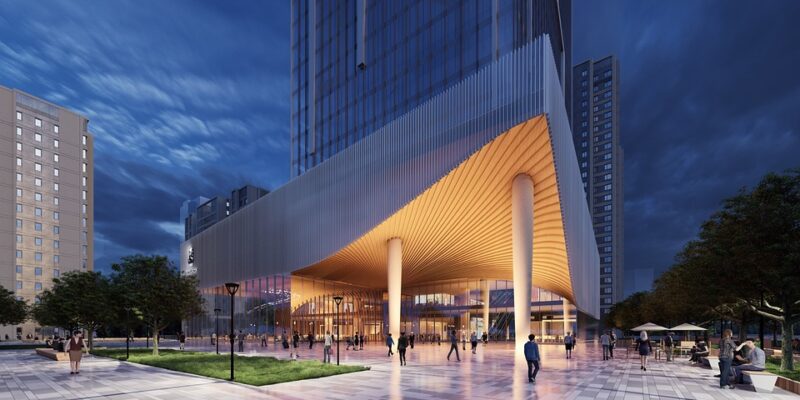Achieving Stunning Visuals with PBR Rendering in 3D
In the world of 3D rendering, PBR (Physically Based Rendering) has become the gold standard for achieving realistic and stunning visuals. PBR rendering techniques are based on the principles of physics and how light interacts with different materials, resulting in accurate and lifelike representations of surfaces and textures in a 3D scene. In this article, we will explore the various ways in which PBR rendering can be used to create visually impressive and immersive 3D environments.
Understanding PBR Rendering
PBR rendering is a rendering technique that simulates the physical behavior of light in a virtual environment. By taking into account the physical properties of materials such as reflectivity, roughness, and metallicity, PBR rendering can accurately reproduce the way light interacts with different surfaces. This results in more realistic and visually appealing images that closely resemble real-world materials and textures.
PBR rendering is based on the concept of energy conservation, which means that the total amount of light energy in a scene remains constant. This allows PBR rendering to accurately simulate the way light reflects, refracts, and scatters across different surfaces, resulting in lifelike and believable images.
The Benefits of PBR Rendering
One of the biggest benefits of PBR rendering is the level of realism it can achieve. By accurately simulating the physical properties of materials, PBR rendering can create images that closely resemble real-world surfaces and textures. This level of realism is essential for creating immersive and engaging 3D environments that feel lifelike and believable.
Another benefit of PBR rendering is its flexibility and versatility. PBR rendering can be used to simulate a wide range of materials, from metals and glass to wood and fabric. This makes it a versatile tool for creating a variety of different visual styles and aesthetics in 3D scenes.
PBR rendering also offers improved workflow and efficiency for artists and designers. By accurately simulating the behavior of light, PBR rendering reduces the need for manual adjustments and tweaks, allowing artists to focus on creating and designing without getting bogged down in technical details.
Creating Stunning Visuals with PBR Rendering
There are several key techniques and best practices for achieving stunning visuals with PBR rendering in 3D. One of the most important considerations when working with PBR rendering is the use of high-quality textures. Textures play a crucial role in PBR rendering, as they define the surface properties of materials such as roughness, reflectivity, and color. Using high-resolution textures with accurate and detailed information is essential for creating realistic and visually appealing 3D environments.
Another important aspect of PBR rendering is the use of HDR (High Dynamic Range) lighting. HDR lighting allows for a wider range of values and intensities in a scene, resulting in more realistic and dynamic lighting effects. By using HDR lighting in conjunction with PBR materials, artists can achieve stunning visuals with realistic lighting and reflections that closely resemble real-world environments.
Properly setting up materials and shaders is also essential for achieving stunning visuals with PBR rendering. By adjusting parameters such as roughness, metallicity, and reflectivity, artists can fine-tune the appearance of materials to achieve the desired look and feel. Experimenting with different material properties and textures can help artists create unique and visually striking 3D environments that stand out from the crowd.
Conclusion
PBR rendering has revolutionized the world of 3D rendering, allowing artists and designers to create stunning and realistic visuals that closely resemble real-world materials and textures. By taking into account the physical behavior of light and the properties of materials, PBR rendering can create immersive and engaging 3D environments that captivate audiences and leave a lasting impression.
Whether you are a seasoned 3D artist or a beginner looking to dive into the world of PBR rendering, understanding the principles and techniques of PBR rendering can help you achieve visually impressive results in your projects. By following best practices and experimenting with different materials and lighting setups, you can create stunning visuals that push the boundaries of what is possible in the world of 3D rendering.
